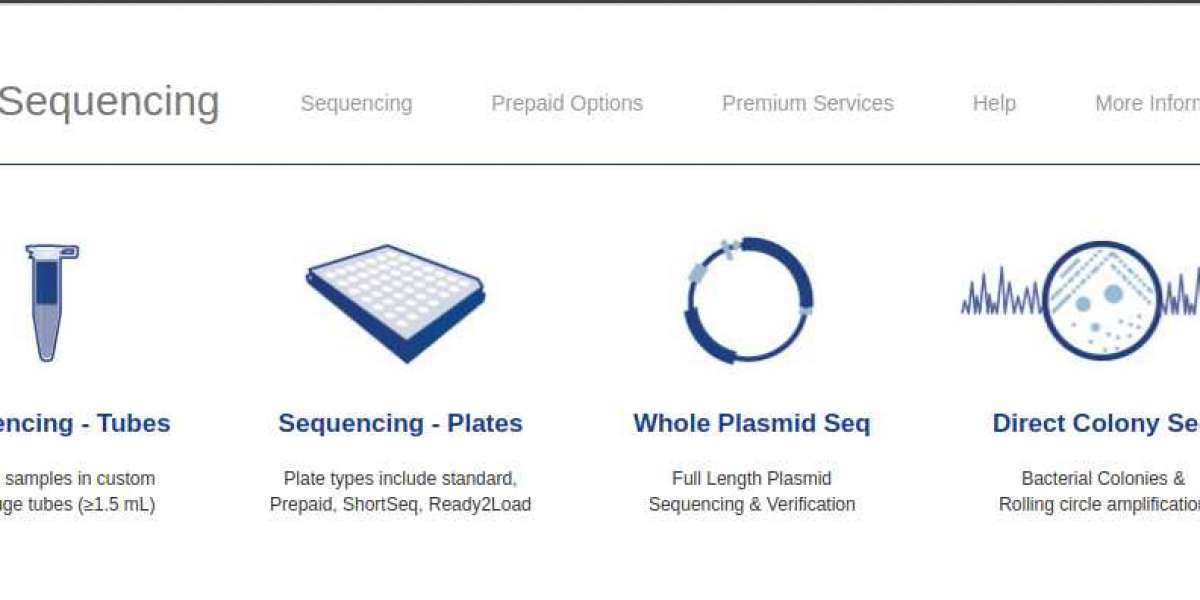In the world of molecular biology, few tools are as versatile and impactful as the oligonucleotide. These short sequences of nucleotides, the building blocks of DNA and RNA, are indispensable in laboratories around the globe. From gene editing and diagnostics to cutting-edge therapeutic research, oligonucleotides play a crucial role in advancing our understanding of genetics and pushing the boundaries of science.
What Are Oligonucleotides?
At their core, oligonucleotides are short strands of nucleotides, typically ranging from 13 to 25 units in length. They can be composed of either DNA or RNA, and their sequences can be custom-designed to target specific genes or regions within a genome. This ability to precisely tailor their sequence makes oligonucleotides incredibly powerful tools for a variety of applications.
Oligonucleotides can be synthesized in the lab through a process known as oligo synthesis. This process allows scientists to create specific sequences that can be used for various purposes, including polymerase chain reaction (PCR), sequencing, gene cloning, and gene editing. The flexibility in designing oligonucleotides means they can be customized for nearly any application in molecular biology.
Applications of Oligonucleotides
One of the most common uses of oligonucleotides is in PCR, a technique that allows scientists to amplify small segments of DNA. In this process, oligonucleotides serve as primers, short sequences that bind to specific regions of the DNA and guide the replication process. By selecting the right oligonucleotide sequences, researchers can target and amplify the exact regions of DNA they’re interested in studying.
Oligonucleotides are also essential in DNA sequencing, where they are used as primers to initiate the sequencing reaction. With the advent of next-generation sequencing technologies, oligonucleotides have become even more crucial, enabling high-throughput sequencing of entire genomes in a fraction of the time it once took.
Beyond these traditional applications, oligonucleotides are playing a pivotal role in gene editing technologies like CRISPR-Cas9. In CRISPR, guide RNA (gRNA) molecules—essentially oligonucleotides—are designed to match specific DNA sequences within a genome. These gRNAs direct the Cas9 enzyme to the precise location where a cut is needed, enabling targeted gene modifications with unprecedented accuracy.
Therapeutic Potential
Perhaps one of the most exciting developments in oligonucleotide research is their potential as therapeutic agents. Oligonucleotide-based therapies, such as antisense oligonucleotides (ASOs) and small interfering RNAs (siRNAs), are being developed to treat a range of genetic disorders and diseases.
Antisense oligonucleotides are designed to bind to specific mRNA molecules, blocking the production of disease-causing proteins. This approach has shown promise in treating conditions like spinal muscular atrophy (SMA) and certain types of muscular dystrophy. One of the first FDA-approved ASO therapies, Spinraza, has been a breakthrough treatment for SMA, demonstrating the real-world potential of oligonucleotide-based therapies.
Small interfering RNAs, on the other hand, work by targeting and degrading specific mRNA molecules before they can be translated into proteins. This mechanism is being explored for the treatment of various cancers, viral infections, and genetic disorders. With ongoing clinical trials and research, the therapeutic landscape for oligonucleotides continues to expand, offering hope for patients with previously untreatable conditions.
The Future of Oligonucleotides
As research progresses, the applications of oligonucleotides are expected to grow even further. Advances in synthetic biology, personalized medicine, and gene therapy all stand to benefit from the continued development of oligonucleotide technologies. Custom-designed oligonucleotides could pave the way for highly targeted treatments, reducing side effects and improving patient outcomes.
Moreover, the ability to rapidly synthesize and modify oligonucleotides opens up new possibilities for diagnostics, allowing for quicker and more accurate detection of diseases at the genetic level. This is particularly relevant in the context of emerging infectious diseases, where rapid and accurate diagnosis can be critical to controlling outbreaks.
Conclusion
Oligonucleotides are much more than just short strands of DNA or RNA—they are powerful tools that are transforming the field of molecular biology and medicine. From their use in basic research to their emerging role in gene therapy and personalized medicine, oligonucleotides are at the forefront of scientific innovation. As we continue to explore their potential, oligonucleotides will undoubtedly play a key role in shaping the future of science and healthcare.
Whether you're a researcher, a clinician, or simply someone interested in the cutting-edge of science, the impact of oligonucleotides on modern biology is something worth paying attention to. As we unlock more of their secrets, who knows what new possibilities will emerge? The journey of discovery with oligonucleotides is just beginning, and the future looks incredibly promising.




